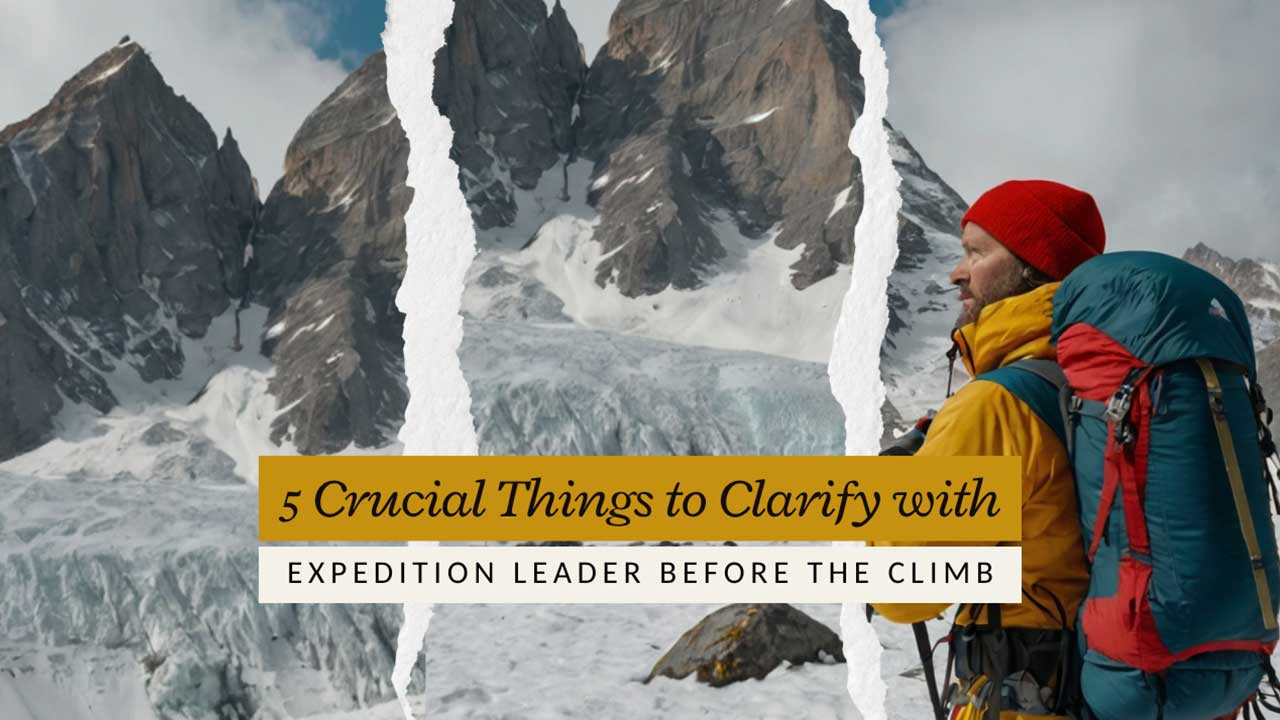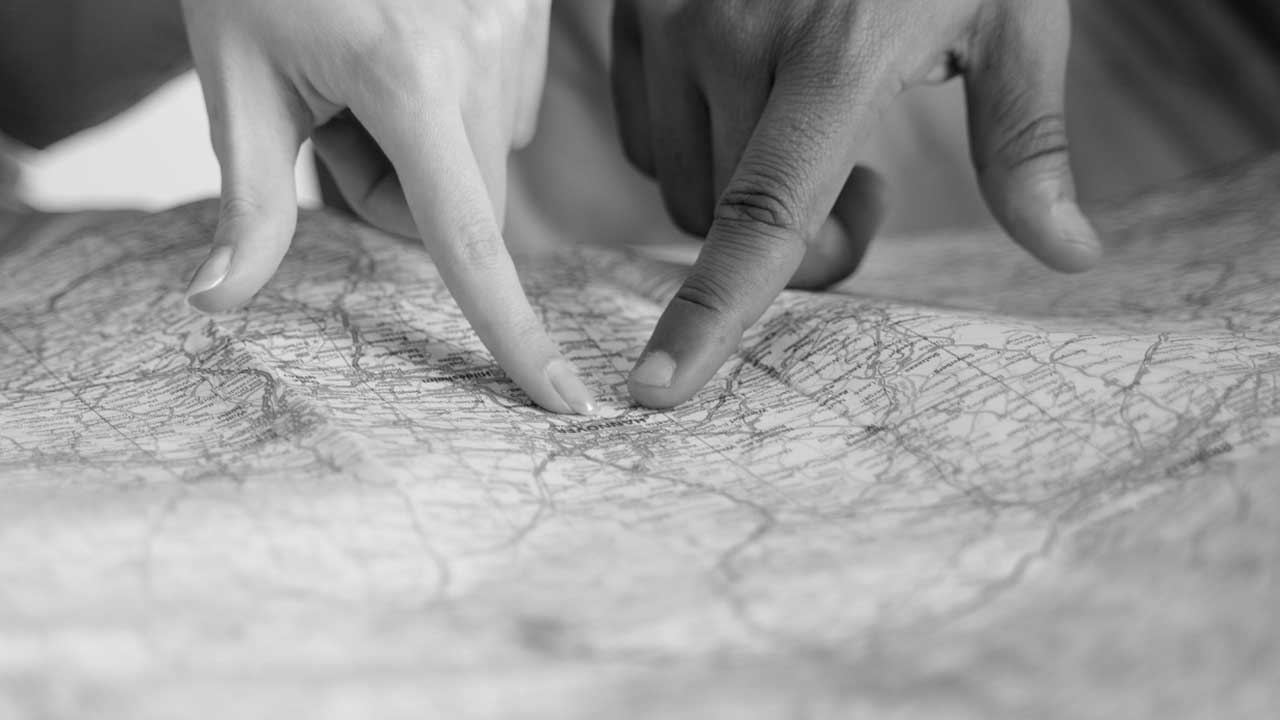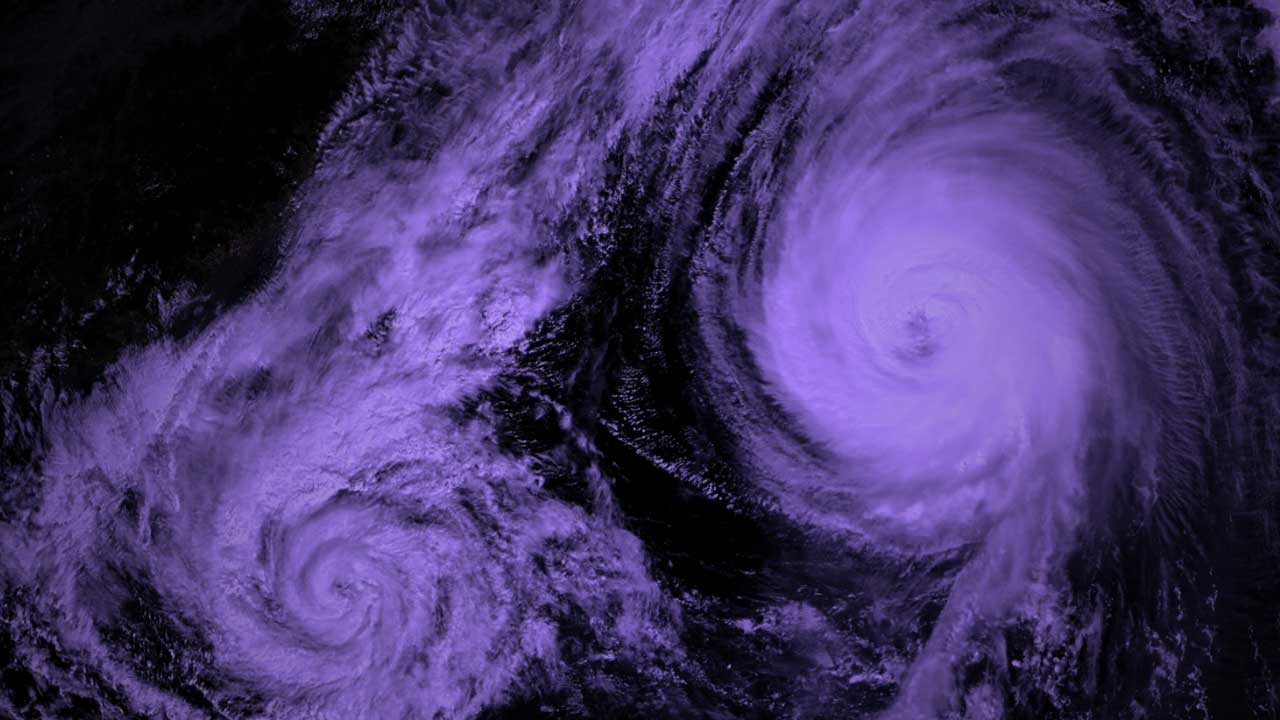5 Crucial Things to Clarify with Your Expedition Leader Before the Climb
Blogs
Introduction
Climbing in the Himalayas isn’t just about physical strength—it’s also about preparation, communication, and informed decision-making. One of the most important aspects of preparing for a mountaineering expedition is clear communication with your expedition leader.
Whether you’re climbing Friendship Peak, Yunam Peak, or Hanuman Tibba, having clarity on logistics, safety protocols, gear requirements, and emergency planning can make or break your experience.
In this guide, we’ll explore 5 critical things you must clarify with your expedition leader before setting out on your climb—especially in remote, high-altitude environments like the Indian Himalayas.
1. Expedition Itinerary & Route Plan
A clear, day-by-day itinerary is the foundation of your expedition planning.
Ask:
- What is the detailed itinerary from base to summit?
- Are there any acclimatization or rest days?
- What alternative routes exist in case of bad weather?
Understanding the route helps you visualize the terrain, manage expectations, and mentally prepare for the climb.

Pro Tip: Ask for GPS coordinates, elevation profiles, and maps if possible. This also aids self-navigation in emergencies.
2. Acclimatization Strategy
Proper acclimatization is non-negotiable when climbing peaks above 4,500 meters. AMS (Acute Mountain Sickness), HAPE, and HACE are serious concerns in Himalayan terrain.
Clarify:
- How is the itinerary structured to allow safe acclimatization?
- Will there be acclimatization hikes or “climb high, sleep low” tactics?
- What’s the team’s policy if someone shows signs of altitude sickness?
Your leader should have a proven acclimatization strategy and the flexibility to modify plans based on team health and weather conditions.
3. Gear Checklist & Provided Equipment
Don’t assume your operator will provide all necessary climbing gear. Some gear is personal, while others are group-shared.
Discuss:
- What gear is provided (ropes, tents, technical equipment)?
- What should you bring yourself (boots, down jacket, headlamp, etc.)?
- Is rental gear available, and is it inspected for quality?
A good expedition leader will provide a detailed gear checklist well in advance and may offer rental gear that meets UIAA or CE standards.
Download our:
4. Emergency & Evacuation Protocol
Even with the best preparation, things can go wrong. You need to know how your leader will handle medical or weather-related emergencies.
Ask:
- What is the protocol for medical evacuation?
- Are guides trained in wilderness first aid or WFR (Wilderness First Responder)?
- Are there satellite phones or other communication tools?
In remote regions like Pin Parvati Pass or Hanuman Tibba, access to immediate help is limited. Your expedition team must be trained and equipped for self-rescue or coordination with local agencies.
5. Team Composition & Staff Experience
Who you’re climbing with matters just as much as where you’re climbing. The professionalism and experience of your leader and support team impact safety, morale, and overall experience.
Inquire:
- What certifications does the expedition leader hold (e.g., IMF, NIM, UIAA)?
- How many guides or support staff will accompany the group?
- What’s the typical guide-to-climber ratio?
Choose teams with certified mountaineering instructors, wilderness medicine knowledge, and a solid track record in the region you’re climbing.
Bonus: Ask About Weather Forecasting & Decision-Making Authority
Trust your leader, but understand their process.
Discuss:
- How are weather updates received in remote areas?
- Who makes the final call to abort or continue the climb?
- Is there flexibility in case of delays due to storms or snowfall?

A responsible leader makes decisions with safety as the top priority, even if that means turning back from the summit.
Final Thoughts
Clarifying these five points ensures a safe, enjoyable, and successful mountaineering expedition. Open, honest communication with your expedition leader builds trust and prepares you for the realities of high-altitude climbing.
Whether you’re attempting Shitidhar Peak, Ladakhi Peak, or venturing toward Friendship Peak, being informed means being prepared.
Climb Confidently with Ascent Descent Adventures
At Ascent Descent Adventures, we believe in empowering climbers with knowledge, preparation, and professional guidance. Our expeditions are led by IMF-certified instructors with decades of experience in the Indian Himalayas.
Explore Our Himalayan Expeditions
View Upcoming Mountaineering Courses
FAQs
Most of our expeditions run with 4–10 participants for optimal guide-to-client ratios.
Yes, we strongly recommend mountaineering-specific insurance covering evacuation and high-altitude illness.
Yes! Peaks like Yunam, Shitidhar, and Friendship are perfect for trained beginners with BMC-level skills.
Recommended Read for Expedition Planning:
- 5 Beginner-Friendly Peaks to Start Your Mountaineering Journey in India
- 5 Permits or Documents You May Need as a New Mountaineer in India
- 5 Mistakes Beginners Make When Planning Their First Expedition
- 5 Things You’ll Wish You Packed for Base Camp